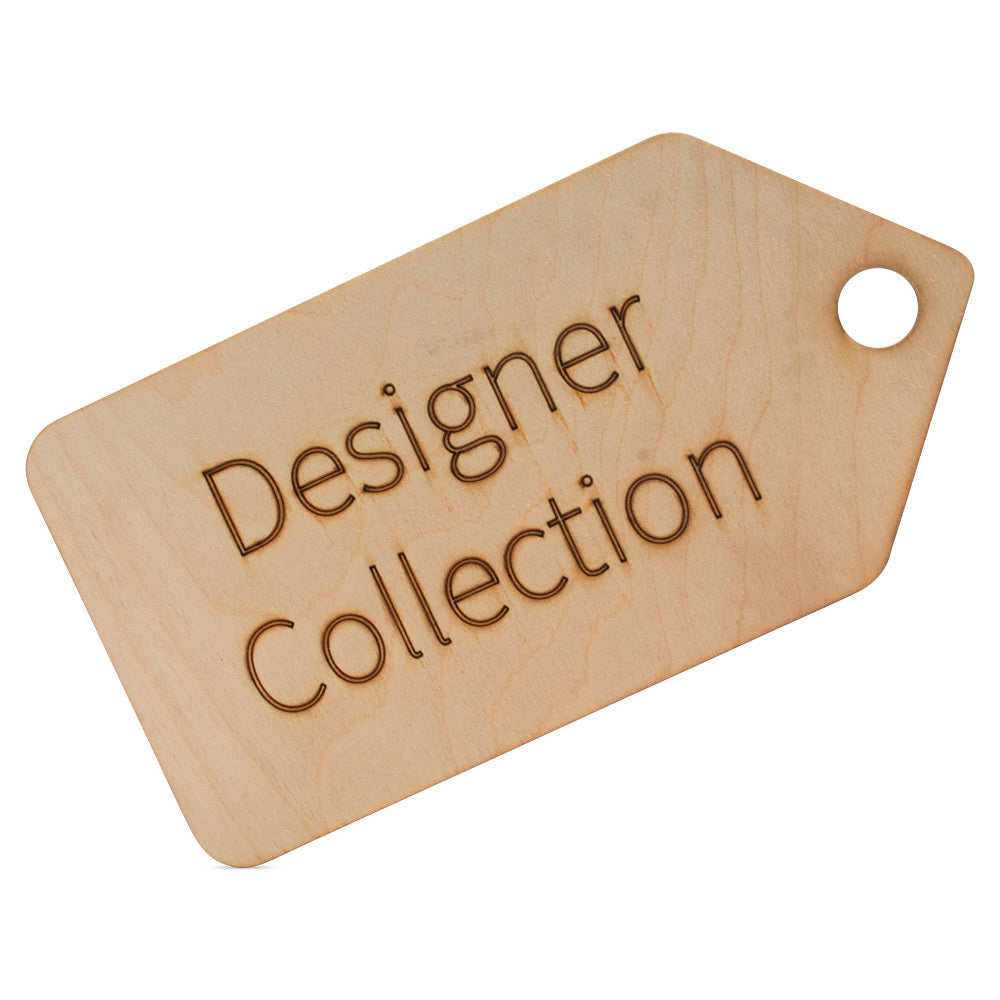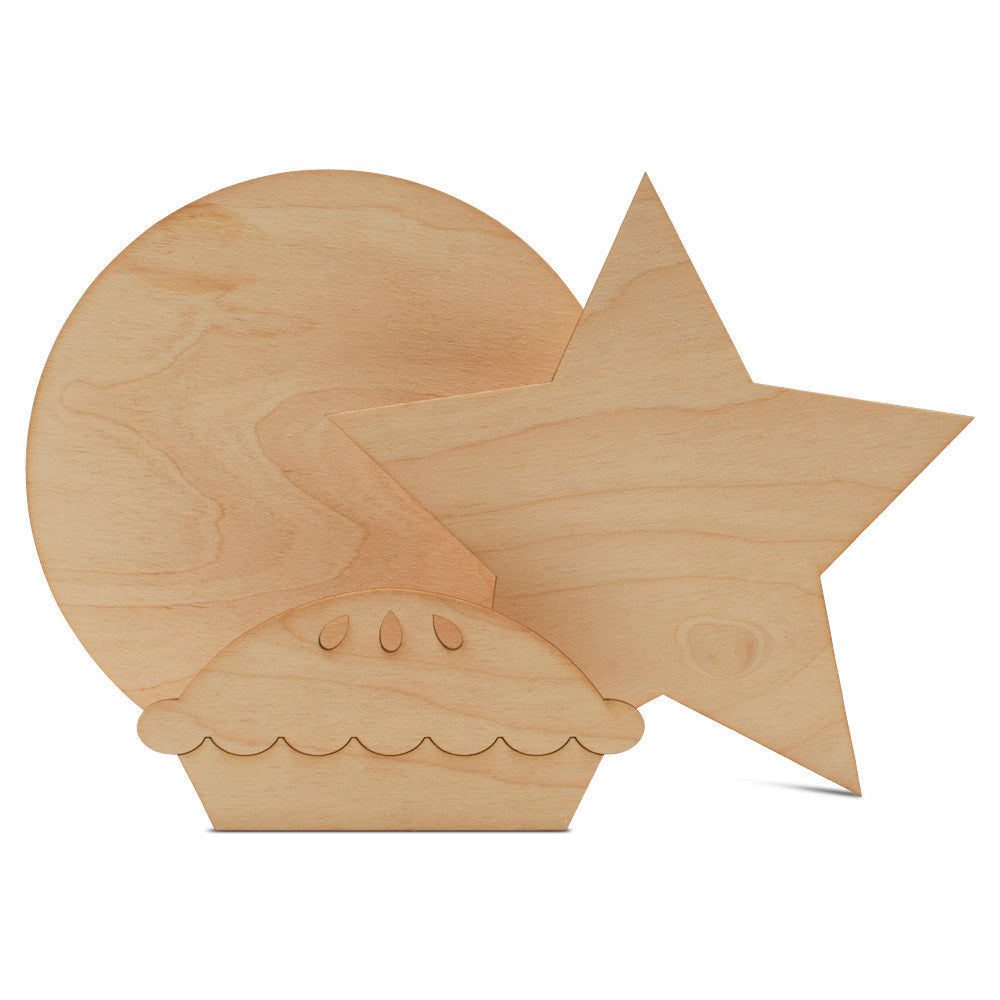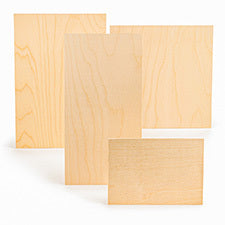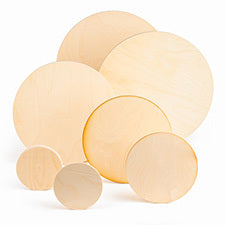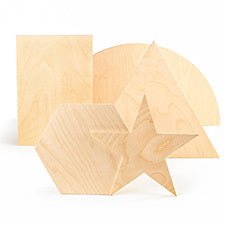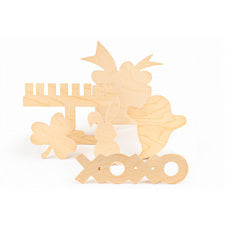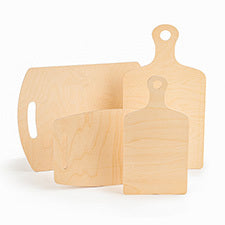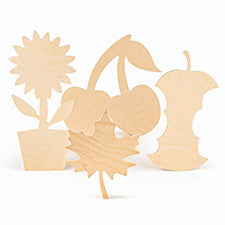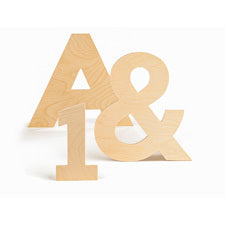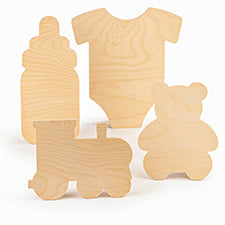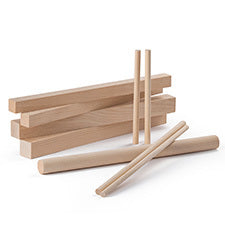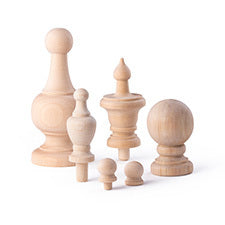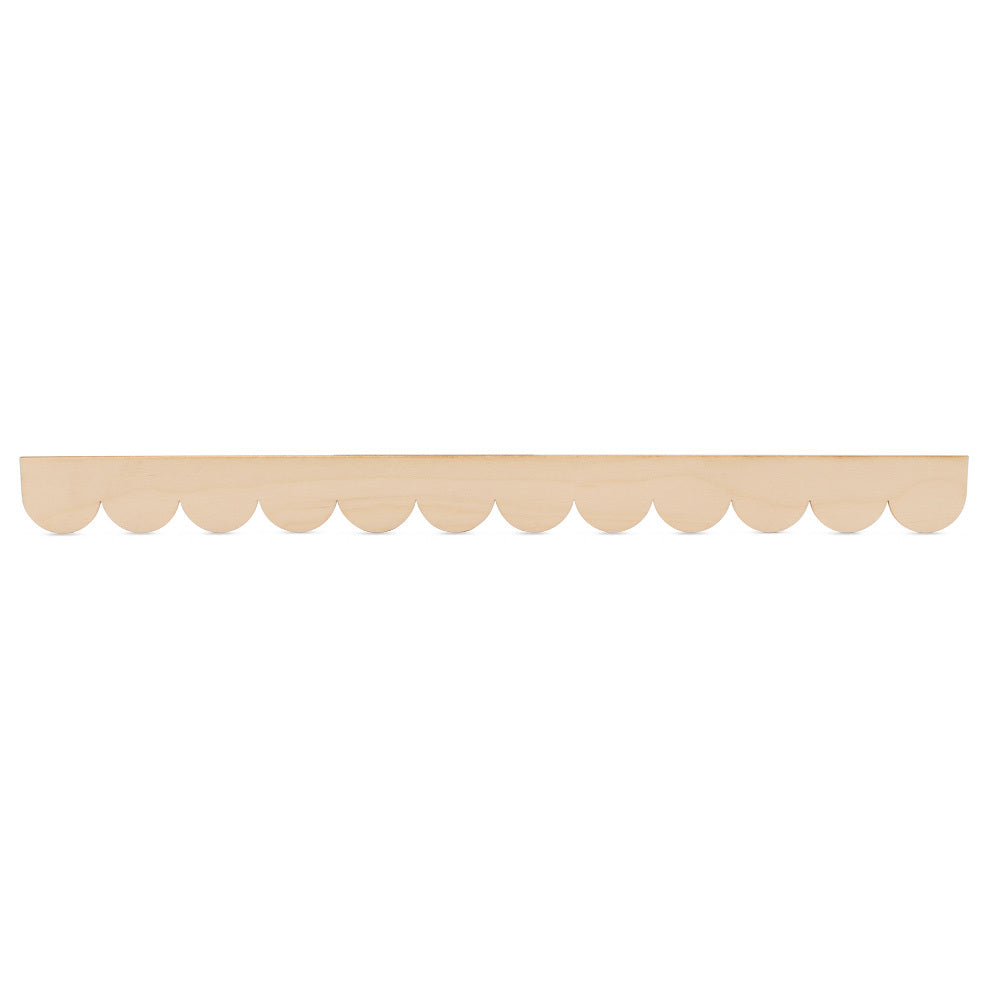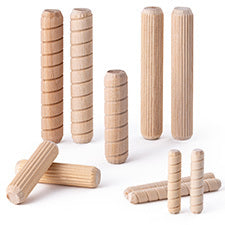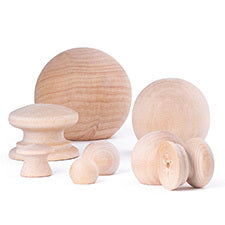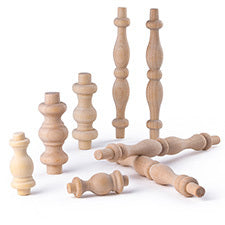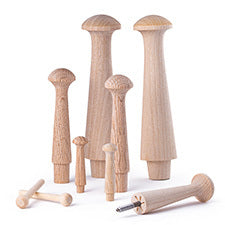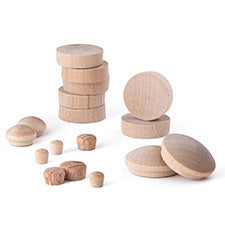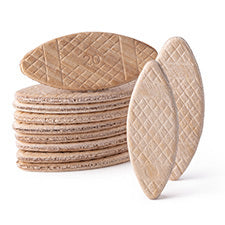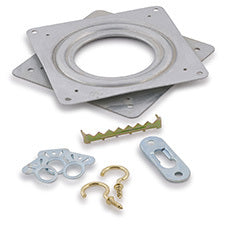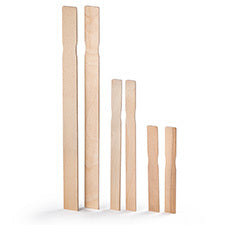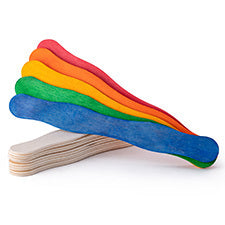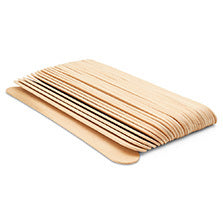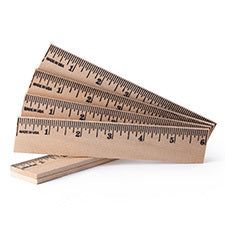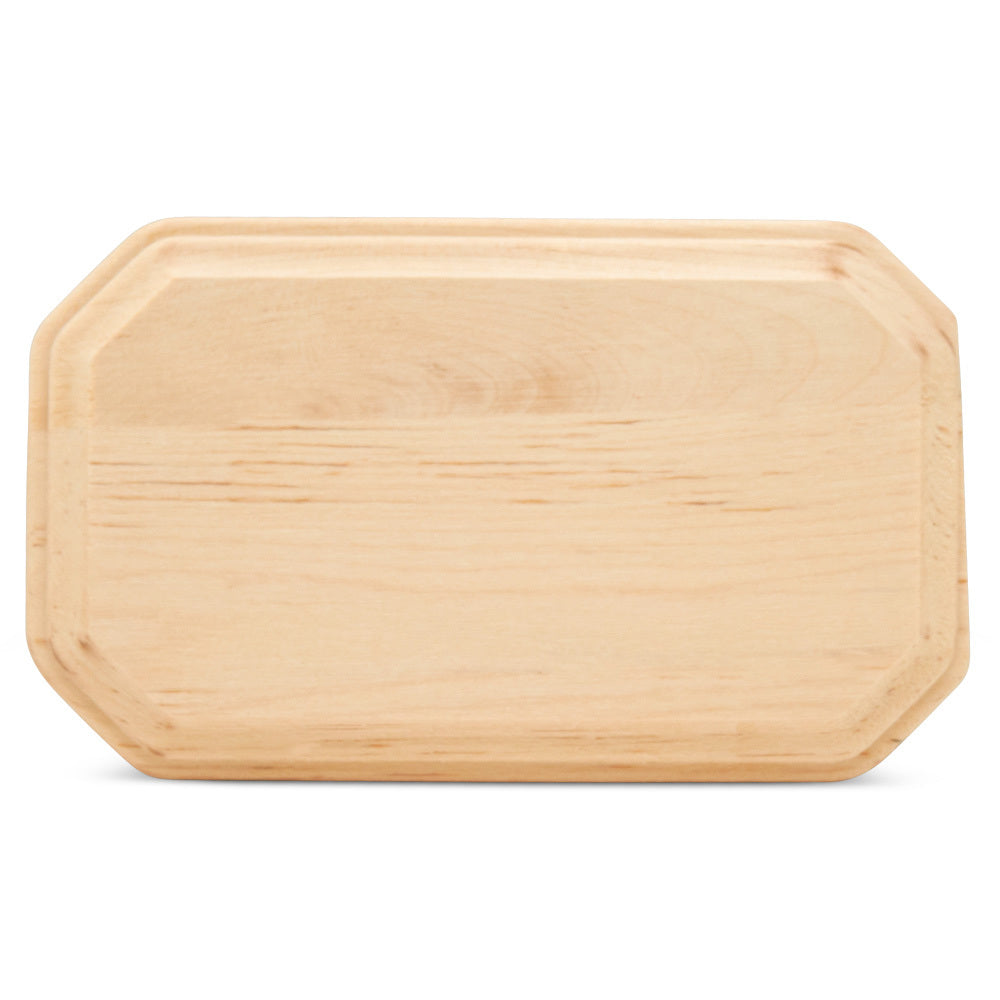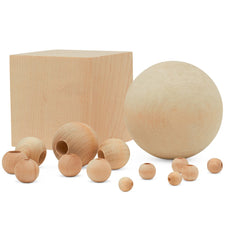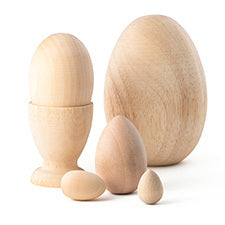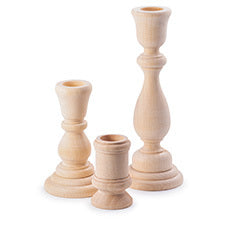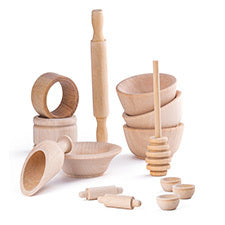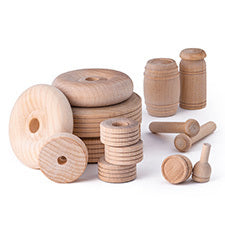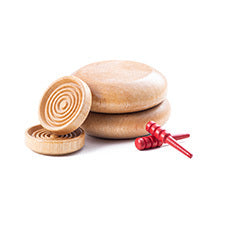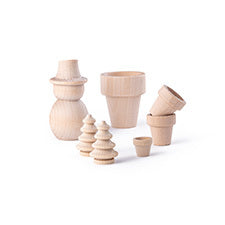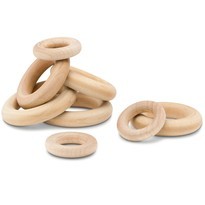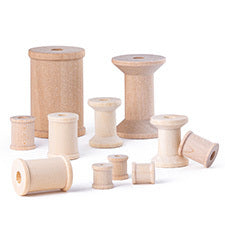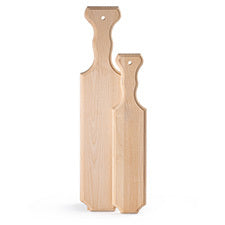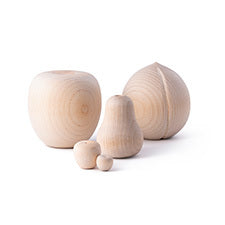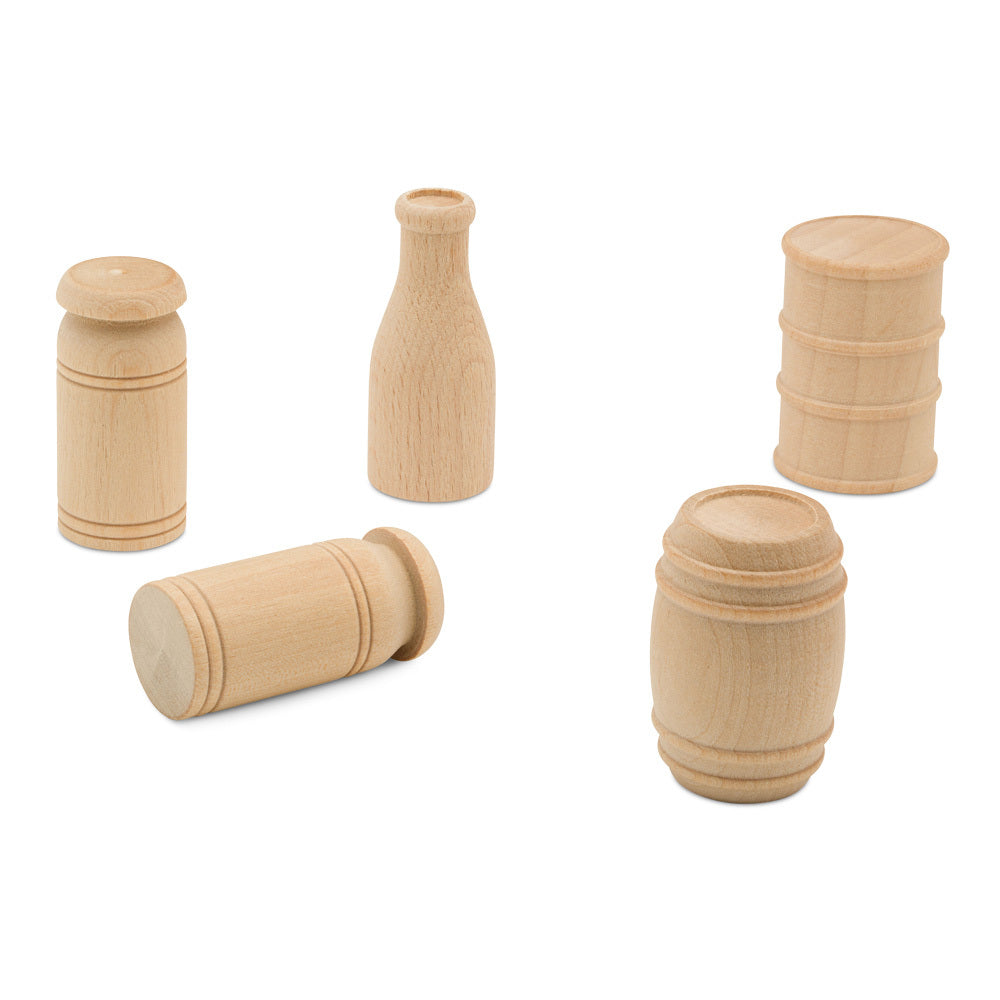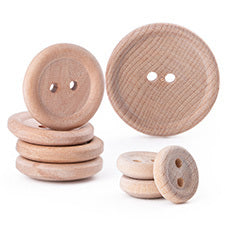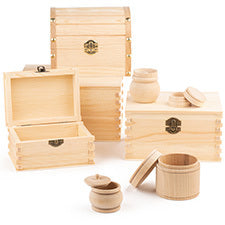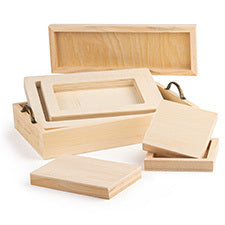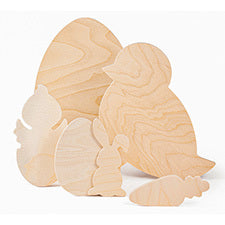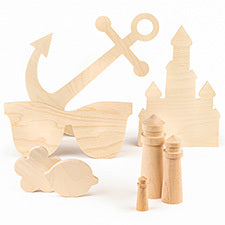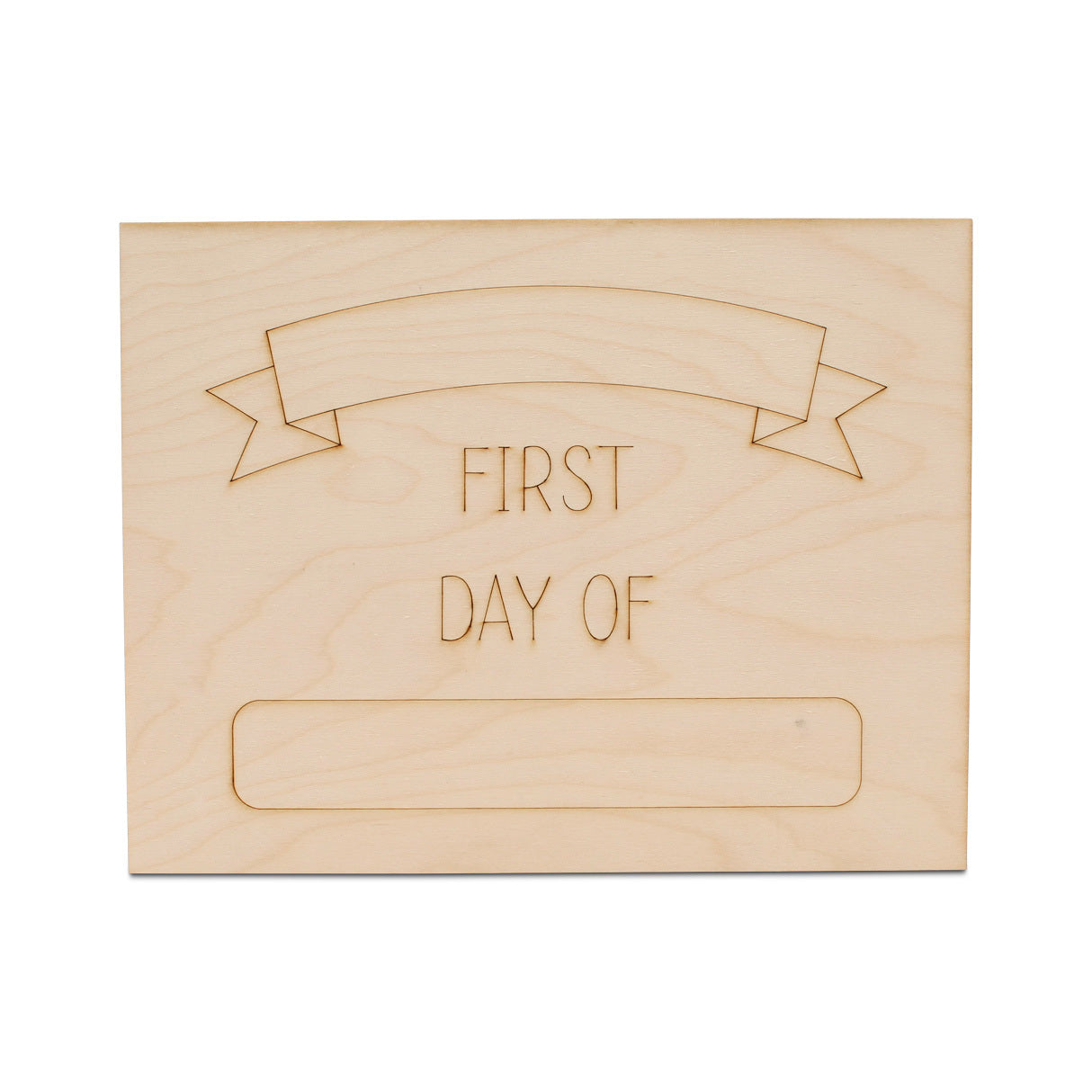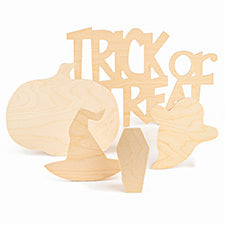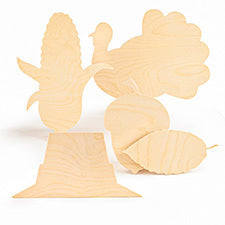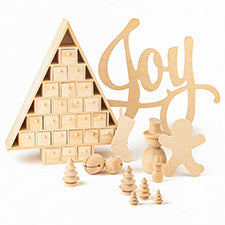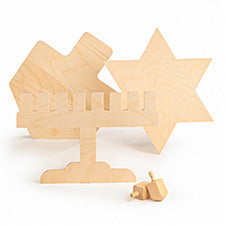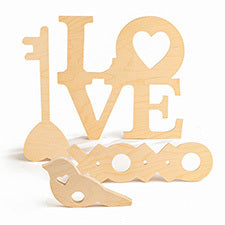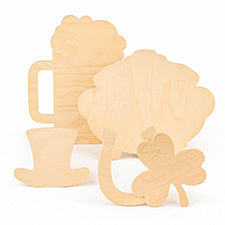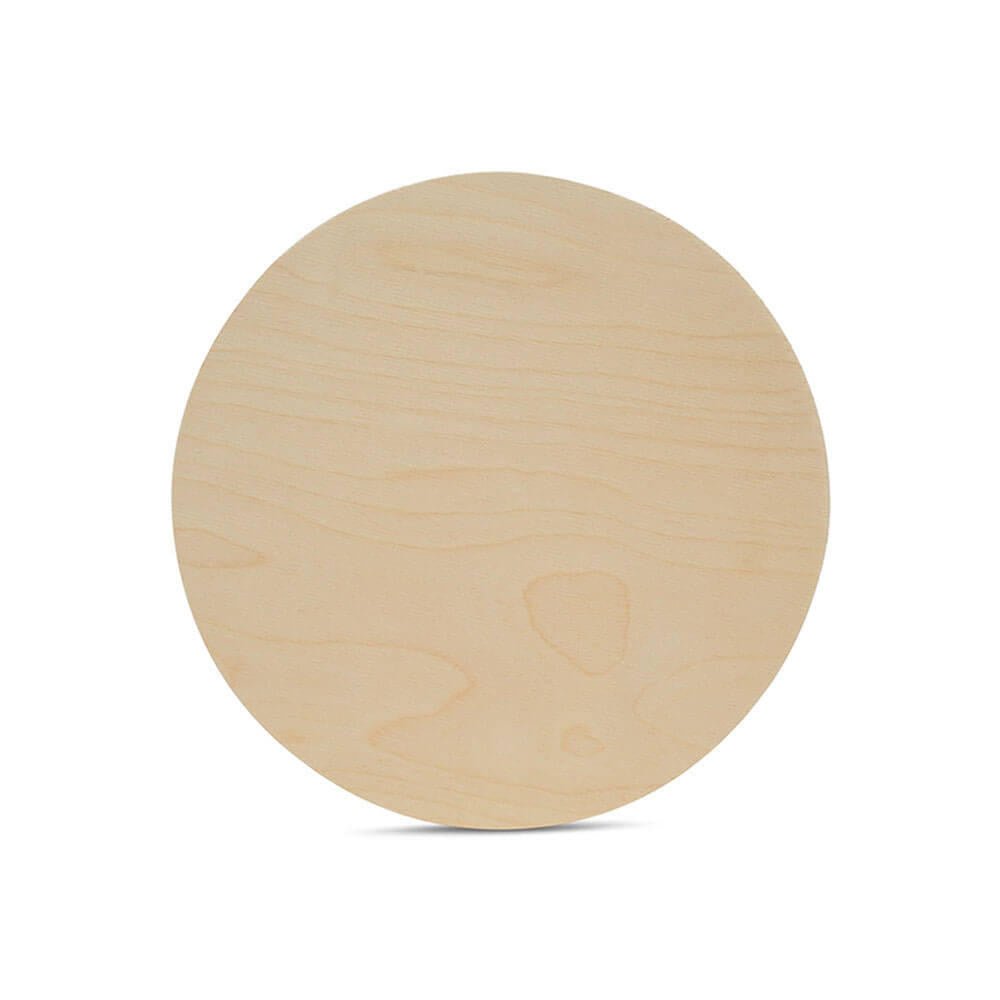Wooden toys have brought joy and laughter to children for thousands of years, a testament to their lasting popularity and timelessness. Even today, many people prefer to buy or create toys that are more sustainable than the cheap plastic toys you can find at big box stores. Not only do wooden toys tend to last much, much longer, but they also won’t introduce your child to harmful chemicals or microplastics during playtime.
Now you may think that wooden toys are rather limited in what they can do, but with wooden toy wheels, the possibilities are endless! Whether you’re looking for wooden car wheels or wooden train wheels, adding these mobile disks to your arsenal of toy components can make all the difference in the world. You can literally go from having a wooden block to seeing your child play with a fun wooden toy on wheels in no time!
But if you’ve never worked with wood toy wheels before, you probably have a lot of questions. For instance, what creations can you make with wood wheels for toys? Do you need to use both wooden toy wheels and axles? Finally, where can you find high-quality wood wheels designed for children’s toys?
In today’s guide, we will answer all of these questions and more, so let’s get started!
Popular wooden wheels for toys
When you think of a wheel, you probably just think of a circle with a hole in the middle. It can’t get much simpler than that, right? And though wheels are inherently simple creations, there are a lot of different ways you can customize wooden wheels to meet your specific needs and preferences. In the sections below, we’ll take a closer look at some of the most popular wooden wheel designs for toys. Hopefully, you can use these for inspiration while working on your next DIY wooden toy!
Classic wood wheels
Using the term “classic” may cause a bit of confusion, especially when it comes to wood wheels. You might be imagining large wooden wheels with spokes — the kind that might have been used for carriages more than a century ago. But when talking about classic wood wheels for toys, the design is more solid and easier to manage.
With classic wood wheel designs for toys, you have a thick, round body with a center hole that can vary in size. Each center hole is surrounded by a raised hub that can also vary in width based on the size and design you choose. However, all classic wood wheels share the quality of being smooth and rounded out along the outer edge, as opposed to wood wheels that have starker delineations along the sides. Classic wood craft wheels are a great option for trains and similar DIY children’s toys.
And if you’re shopping for classic wood wheels from Woodpeckers, you can choose from a wide range of sizes, including diameters that go from 0.75 inches up to 2.75 inches.
Wooden treaded wheels
When you want to create a look that comes closer to actual car tires, you can’t go wrong with wooden treaded wheels. As the name implies, these wheels have multiple treads that go along the entire edge of the wheel. While these treads may not offer the same degree of traction as the treads on real rubber tires, they do give small wooden wheels for toys a more authentic and realistic look.
Unlike the classic style, the wooden treaded wheel has depressed hubs and sharper edges along the exterior of the wheel. If you plan to purchase wooden treaded wheels from Woodpeckers, we offer both single and dual wheels in a variety of sizes.
Wooden slab wheels
In decades past, wooden slab wheels were often the standard wheel you would find on wooden toy cars and trains. These slabs do not feature curved edges or specialized hubs. Instead, they are simple, flat-sided wheel designs that are easy to incorporate in a lot of different wood toy designs. If you intend to purchase wooden slab wheels from Woodpeckers, you can choose wheels that range from 1 inch to 2.5 inches in diameter.
Wooden toy wheel axles
Unless you just want to attach wooden wheels to a toy for aesthetic purposes, you’ll want to make sure that you have all the wooden toy parts you need to get your toy moving! And since the axles will be doing a lot of the work to make your wooden toys mobile, they need to be made of the best possible materials and combined with the correct components. Fortunately, Woodpeckers’ wooden wheel axles are made of 100% smooth birch hardwood that combines strength with versatility. To keep your axles and wheels in place, you may want to add some quality axle caps (more on that later).
How to attach wooden wheels to toys
The steps you should follow to attach wooden wheels to toys will vary based on the specifics of your project. That said, there are a few tips and tricks to consider while you craft:
- Make sure that the area through which the axle will pass is smooth; consider using sandpaper to ensure that the passage is free of bumps
- Ensure that you have made any and all aesthetic changes to the toy, particularly in the areas close to where the wheels will go; if you attempt to go back later and make changes, it will be much harder to do with wheels in the way
- Measure the width and height of your toy to ensure the length of the axle is sufficient and the placement of the wheels is correct so that it can roll forward and backward unhindered
- If you’re drilling holes to make space for your axle, ensure that the drill bit matches the diameter of the axle before you start
- Once the axles are in place, use strong wood glue or wood screws to attach the wheels to the axles; you can also use axle caps to reduce any wobbling and create a more finished aesthetic
- If you’re using wood glue, allow the toy to set and the glue to dry for a few hours before testing it out
- Consider adding a wooden or metal washer between the body of the toy and the wheel to prevent excessive friction
- Test the movement of your toy to ensure that the wheels can roll smoothly on a flat surface

